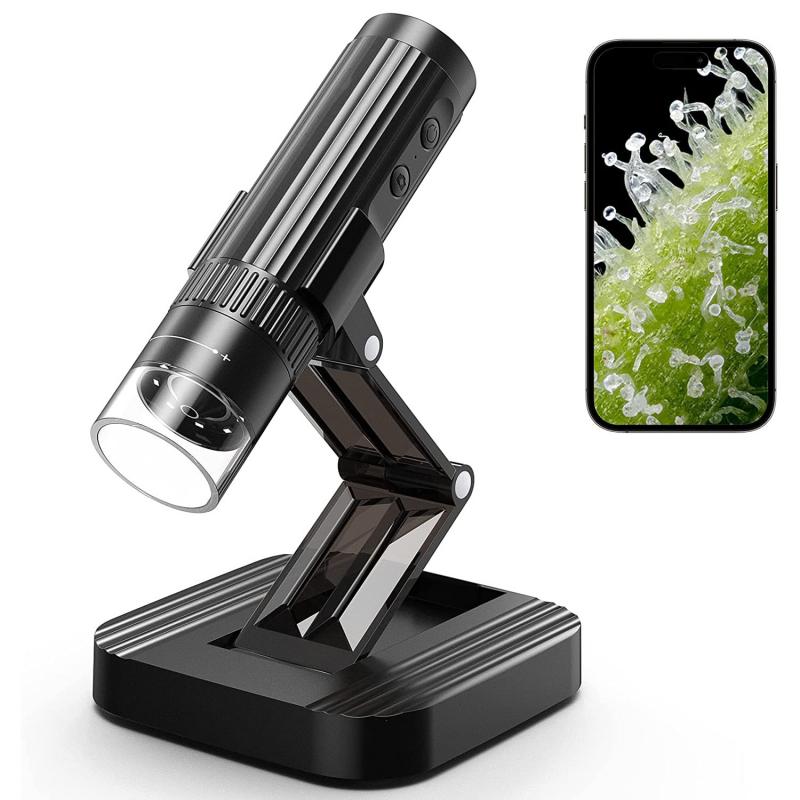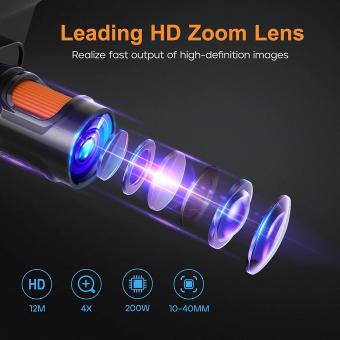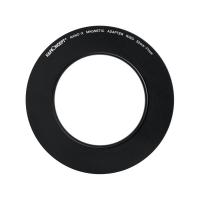Can You See A Snowflake Without A Microscope ?
Yes, it is possible to see a snowflake without a microscope. Snowflakes are often visible to the naked eye, especially when they are large and falling slowly. However, it can be difficult to see the intricate details of a snowflake without magnification. To get a closer look at a snowflake, you can use a magnifying glass or a macro lens on a camera. Additionally, there are many photographs of snowflakes available online that have been taken with a microscope or macro lens, which can provide a detailed view of their unique shapes and patterns.
1、 Physical characteristics of snowflakes
Can you see a snowflake without a microscope? Yes, you can see a snowflake without a microscope. Snowflakes are visible to the naked eye and can be observed during snowfall or by examining snow that has accumulated on the ground. However, the intricate details of a snowflake's structure are best observed under a microscope.
Physical characteristics of snowflakes include their hexagonal shape and the unique patterns of branches and arms that extend from the center. These patterns are determined by the temperature and humidity conditions in which the snowflake forms. Snowflakes can range in size from a few millimeters to several centimeters in diameter.
Recent research has shown that snowflakes are not always perfectly symmetrical, as previously thought. Instead, they can have irregularities and asymmetries that affect their shape and structure. This discovery has led to a better understanding of how snowflakes form and has challenged previous assumptions about their physical characteristics.
In conclusion, while snowflakes can be seen without a microscope, their intricate details and unique patterns are best observed under magnification. The physical characteristics of snowflakes continue to be an area of study and research, with new discoveries shedding light on their formation and structure.

2、 Formation of snowflakes
Can you see a snowflake without a microscope? Yes, you can see a snowflake without a microscope, but it may require some effort and the right conditions. Snowflakes are formed when water vapor in the atmosphere freezes into ice crystals. These ice crystals then grow and develop into snowflakes as they fall through the atmosphere. When snowflakes are large enough, they can be seen with the naked eye.
However, it is important to note that snowflakes are incredibly small and delicate, and their intricate structures can be difficult to see without magnification. In order to fully appreciate the beauty of a snowflake, a microscope or magnifying glass can be used to examine its unique shape and structure.
The formation of snowflakes is a complex process that is still not fully understood. However, recent research has shed new light on the role of atmospheric conditions in shaping snowflakes. Scientists have discovered that temperature, humidity, and air pressure all play a role in determining the shape and size of snowflakes. This research has helped to deepen our understanding of the natural processes that shape our world.
In conclusion, while it is possible to see a snowflake without a microscope, the intricate details of its structure are best appreciated with magnification. The formation of snowflakes is a fascinating and complex process that continues to be studied and explored by scientists around the world.

3、 Classification of snowflakes
Can you see a snowflake without a microscope? The answer is yes, you can see a snowflake without a microscope. Snowflakes are visible to the naked eye, and they are a beautiful sight to behold. However, to fully appreciate the intricate details of a snowflake, a microscope is necessary.
Classification of snowflakes is a fascinating subject that has been studied for centuries. Snowflakes are classified based on their shape, size, and structure. There are seven basic shapes of snowflakes, including plates, columns, needles, dendrites, sectored plates, irregular crystals, and capped columns. Each shape has its unique characteristics, and scientists have been able to study them in detail using microscopes.
The latest point of view on snowflakes is that they are not just beautiful but also important for the environment. Snowflakes play a crucial role in the water cycle, and they help to regulate the Earth's temperature. They also provide a habitat for many organisms, including plants and animals.
In conclusion, while it is possible to see a snowflake without a microscope, the intricate details of their structure can only be fully appreciated through the use of a microscope. The classification of snowflakes is an exciting field of study that continues to reveal new insights into the beauty and importance of these delicate ice crystals.

4、 Snowflake crystallography
Yes, you can see a snowflake without a microscope. Snowflakes are visible to the naked eye and can be observed falling from the sky or on the ground. However, to fully appreciate the intricate details of a snowflake, a microscope is necessary. Snowflake crystallography is the study of the formation and structure of snowflakes, and it requires the use of a microscope to observe the individual crystals.
Recent advancements in technology have allowed for the imaging of snowflakes in greater detail than ever before. High-resolution microscopes and cameras have been used to capture images of snowflakes at the nanoscale level, revealing the complex and unique structures of each crystal. Additionally, computer simulations have been developed to model the growth and formation of snowflakes, providing further insight into their formation.
Despite these advancements, the beauty and wonder of snowflakes can still be appreciated without the aid of a microscope. The delicate and intricate shapes of snowflakes are a reminder of the beauty and complexity of nature, and their fleeting existence serves as a reminder to appreciate the small moments in life.
































There are no comments for this blog.